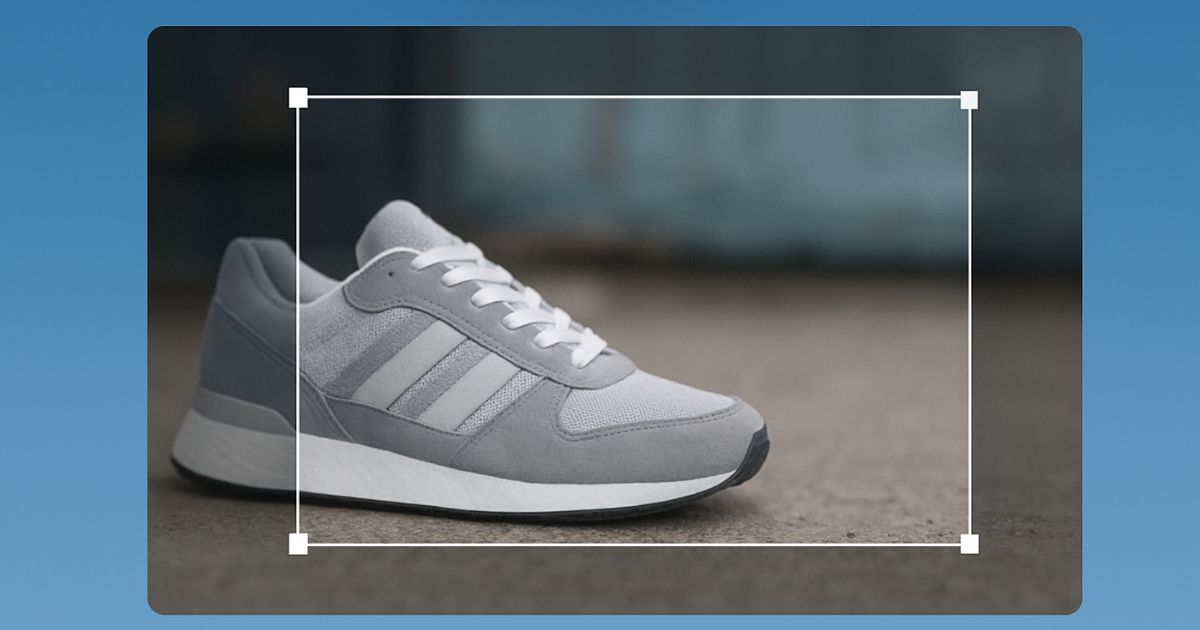Introduction to Image Cropping
Image cropping is one of the most fundamental skills in photography and digital image editing. It's the process of removing unwanted portions of an image to improve composition, focus on the subject, or change the aspect ratio. Whether you're a professional photographer or a casual user, mastering cropping techniques can dramatically improve your images.
Why Crop Images?
- Improve composition and visual balance
- Remove distracting elements from the frame
- Focus attention on the main subject
- Change aspect ratios for different platforms
- Correct framing mistakes from the original shot
- Create multiple versions from a single image
Essential Composition Rules for Cropping
Rule of Thirds
The rule of thirds is a fundamental principle in photography. Imagine dividing your image into nine equal parts with two horizontal and two vertical lines. Place your main subject along these lines or at their intersections for a more balanced and engaging composition.

Leading Lines
Use natural lines in your image to guide the viewer's eye toward your subject. These can be roads, fences, rivers, or any linear element that creates a path through the image.
Symmetry and Balance
Sometimes, centering your subject creates a powerful, balanced composition. This works especially well with architectural photography or when you want to create a sense of stability and formality.
Professional Cropping Techniques
Understanding Aspect Ratios
- 1:1 (Square) - Perfect for social media platforms like Instagram
- 4:3 (Standard) - Traditional photography format
- 16:9 (Widescreen) - Great for video and modern displays
- 3:2 (35mm) - Classic film photography ratio
- 21:9 (Ultrawide) - Cinematic format for dramatic landscapes
Essential Cropping Tools
Different tools offer various cropping capabilities. Here's what to look for in a good cropping tool:
- Freehand selection for custom shapes
- Preset aspect ratios for common formats
- Rotation and straightening capabilities
- Real-time preview of the final result
- Non-destructive editing options
- Batch processing for multiple images
Common Cropping Mistakes to Avoid
Over-Cropping
Cropping too tightly can make your image feel cramped and lose important context. Always leave some breathing room around your subject unless you're intentionally creating a close-up effect.
Ignoring Resolution
Be mindful of your final image resolution. Cropping significantly reduces the number of pixels, which can affect print quality or display on high-resolution screens.
Poor Aspect Ratio Choices
Choose aspect ratios that complement your subject and intended use. A portrait might work better in a vertical format, while a landscape scene benefits from a wider aspect ratio.
Platform-Specific Cropping Guidelines
Social Media Platforms
- Instagram: 1080x1080px (square) or 1080x1350px (4:5)
- Facebook: 1200x630px (1.91:1) for optimal engagement
- Twitter: 1200x675px (16:9) for timeline posts
- LinkedIn: 1200x627px (1.91:1) for professional content
- Pinterest: 1000x1500px (2:3) for vertical pins
Web and Print Considerations
For web use, consider file size and loading speed. For print, ensure you have sufficient resolution (typically 300 DPI) for your intended print size. Always keep a high-resolution master file before cropping.
Advanced Cropping Tips
Content-Aware Cropping
Modern tools offer content-aware cropping that can intelligently fill in areas when you change aspect ratios. This is particularly useful when you need to convert between different formats without losing important parts of your image.
Batch Processing
When working with multiple images that need similar cropping, use batch processing features to apply the same crop settings across all images. This saves time and ensures consistency.
Non-Destructive Editing
Always work with non-destructive editing when possible. This allows you to adjust or undo your cropping decisions later without losing image quality or having to start over.
Professional Workflow Tips
- Always work on a copy of your original image
- Crop early in your editing workflow
- Consider your final output format before cropping
- Use guides and grids to ensure straight horizons
- Save different versions for different uses
- Keep your original files as master copies
""
— Professional Photography Tip
Conclusion
Mastering image cropping is an essential skill that can transform your photographs from good to great. By understanding composition principles, choosing appropriate aspect ratios, and avoiding common mistakes, you can create more compelling and professional-looking images. Remember to always keep your original files and experiment with different cropping approaches to find what works best for your specific needs.
Whether you're preparing images for social media, print, or web use, proper cropping techniques will help you achieve the best possible results. Practice regularly, and don't be afraid to experiment with different compositions and formats.
